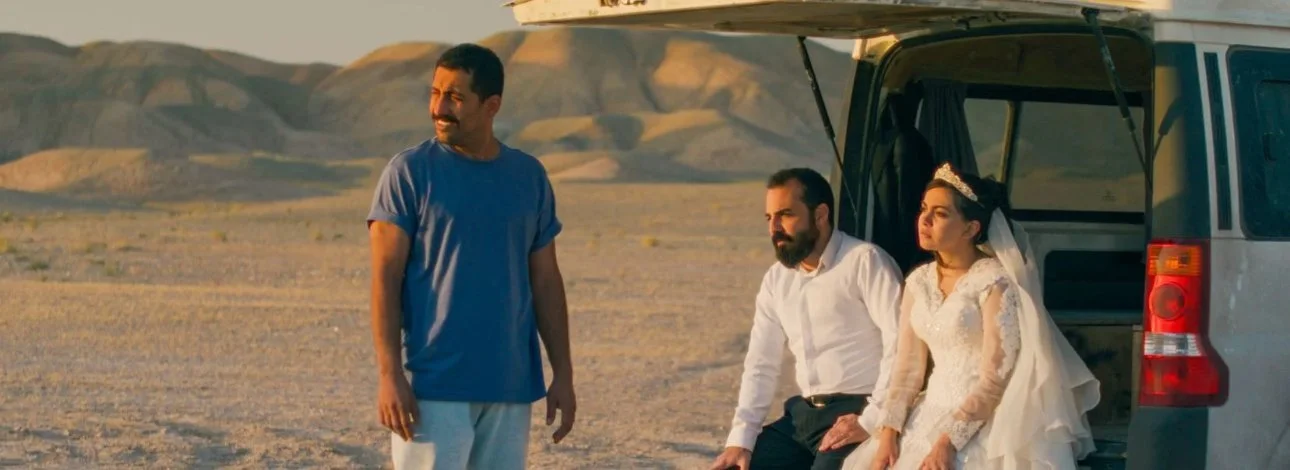 Emily
Blunt is great as Rachel, the boozy, depressed and haunted protagonist that has complete rock-bottom in Tate
Taylor’s “The Girl on the Train.” The film is based on Paula Hawkins'
ultra-popular bestseller, a twisty, pulpy and feminist murder-mystery that
Taylor tries to mold into his own “Gone Girl.”
Emily
Blunt is great as Rachel, the boozy, depressed and haunted protagonist that has complete rock-bottom in Tate
Taylor’s “The Girl on the Train.” The film is based on Paula Hawkins'
ultra-popular bestseller, a twisty, pulpy and feminist murder-mystery that
Taylor tries to mold into his own “Gone Girl.”
Blunt, a venerable actress with immense talent, is a force of nature
here, using her eyes to lure us into Rachel’s disturbed psyche. She’s the
“girl” on the train and every day, it seems all day, she rides that train
which, rather a little too slowly perhaps, passes by Megan Hipwell’s cozy home
(Haley Bennett). Megan has everything Rachel worked so hard to get, but lost in
the process.
Then
Megan goes missing, which leads Rachel to go into a investigation-mode.
Obsessively she starts to think she is losing her mind, which makes her all the
more unreliable to the viewer. Rachel has, of course, no idea that Megan
has a very personal connection to her life, but to reveal how or why would be
to give away the twists and turns that have made Hawkins’ novel such a
worldwide success.
Taylor, whose last film “The Help was a little too sunny-looking for its serious subject matter, tries to add dark interiors to every frame. The three women, residents of the posh New York suburb of Ardsley-on-Hudson, have enough secrets to carry hard-earned drama throughout the films 112 minute running time. The problem is that Taylor, unlike Fincher, has no real sense of style or panache to carry such a heavily-dosed, pulpy film. He seems to struggle with the direction he wants his film to go. Is it a drama? A satire? A morality play? Pulp trash? That’s what distinguishes his directorial hand to Fincher’s who found a subversive, satirically dark tone to his source material [C]

Taylor, whose last film “The Help was a little too sunny-looking for its serious subject matter, tries to add dark interiors to every frame. The three women, residents of the posh New York suburb of Ardsley-on-Hudson, have enough secrets to carry hard-earned drama throughout the films 112 minute running time. The problem is that Taylor, unlike Fincher, has no real sense of style or panache to carry such a heavily-dosed, pulpy film. He seems to struggle with the direction he wants his film to go. Is it a drama? A satire? A morality play? Pulp trash? That’s what distinguishes his directorial hand to Fincher’s who found a subversive, satirically dark tone to his source material [C]




